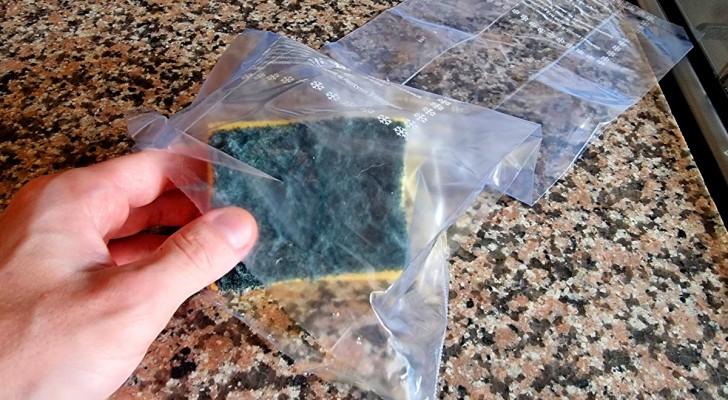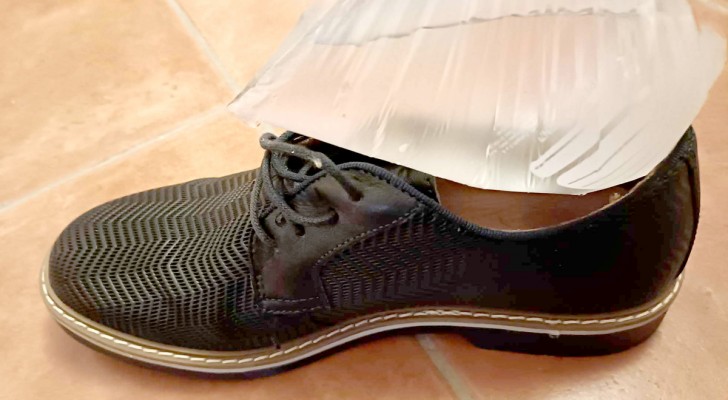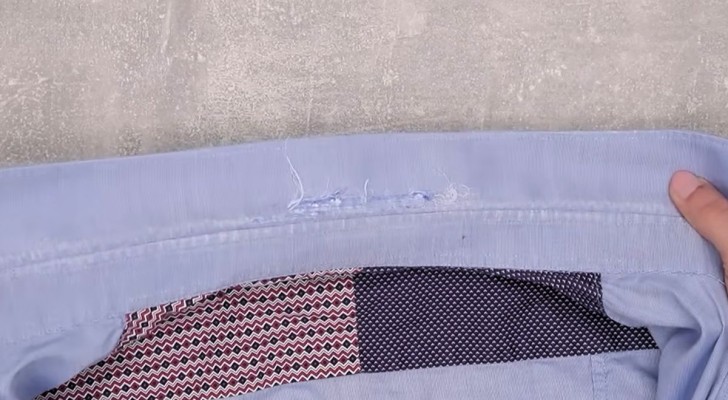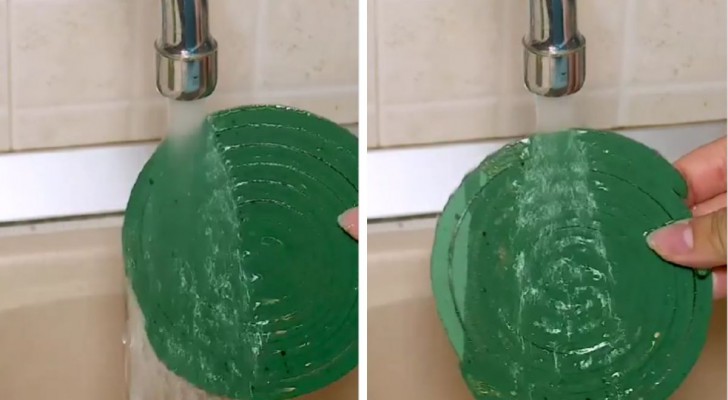Woodworm: Discover ways to get rid of this pest and save your furniture
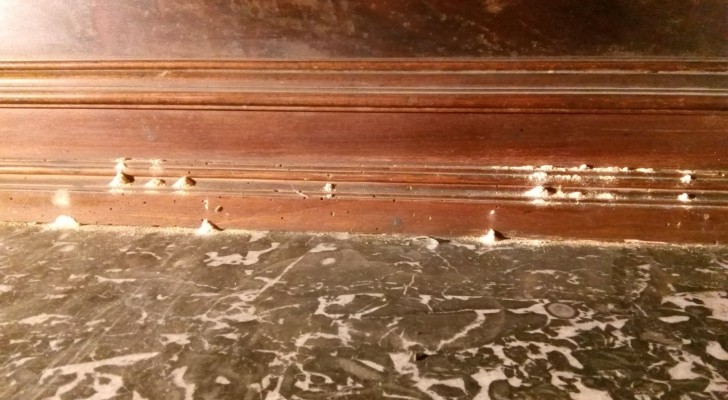
From floors to ceiling beams, through and window frames - woodworm is a threat to any object that is made of natural wood. By the term "woodworm" we generally indicate a range of insects, different from each other, which feed on the fibers of wood, create tunnels inside it - which in the long run, leads to structural failure and even entire architectural structures.
In the most serious cases, you need to resort to the help of experts, but when you begin to notice their presence, it is possible to take useful measures. Find out more by reading further.
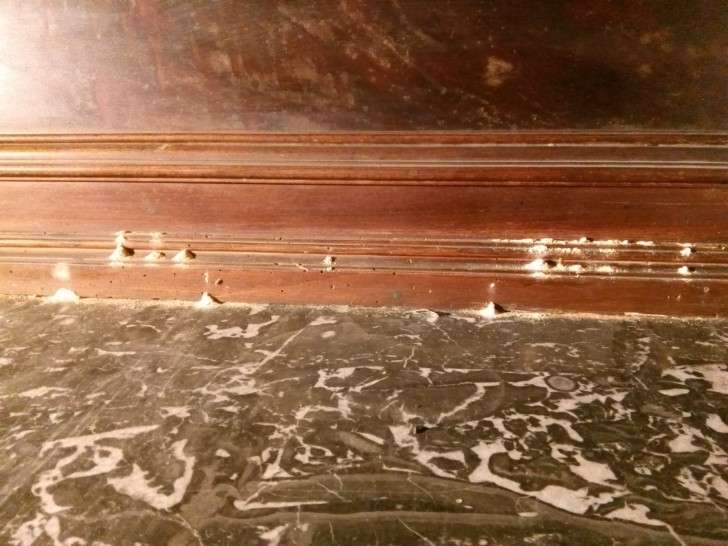
The signs of the presence of woodworm are of two types: small holes in the wood, and the so-called "rosura" or wood dust that appears near the small holes. When we see these signs, we need to thoroughly investigate and check all parts of the object (and those nearby), as they could harbor other unwanted insects. Sometimes, woodworm might even feed on the wood of living plants!
If the presence of woodworm is limited only to one piece of furniture (or is not extensive), you can use specific insecticides, which must be brushed abundantly on all the internal parts of the furniture (those that are not painted), after having cleaned and washed them properly. To make sure you reach all spots, it may be useful to disassemble the furniture - or at least remove the internal shelves. It's even better if you can place the furniture in large plastic bags (or sheets), closed tightly, thereby creating a chamber in which to use the insecticide products and leave to act for a number of days. The important thing is to do this task using adequate protection (gloves, masks, goggles) and not in rooms where you will then spend an entire day or night.
You can also squirt or inject anit-woodworm products into holes: in reality, the tunnels indicate that the woodworm has moved on, but inserting the product into the wood can make it possible to drive away new attackes, kill larvae and still make the furniture inhospitable to other insects.
The interventions must take place every 10 days, constantly monitoring for any presence of the destructive insects.
Other useful tips
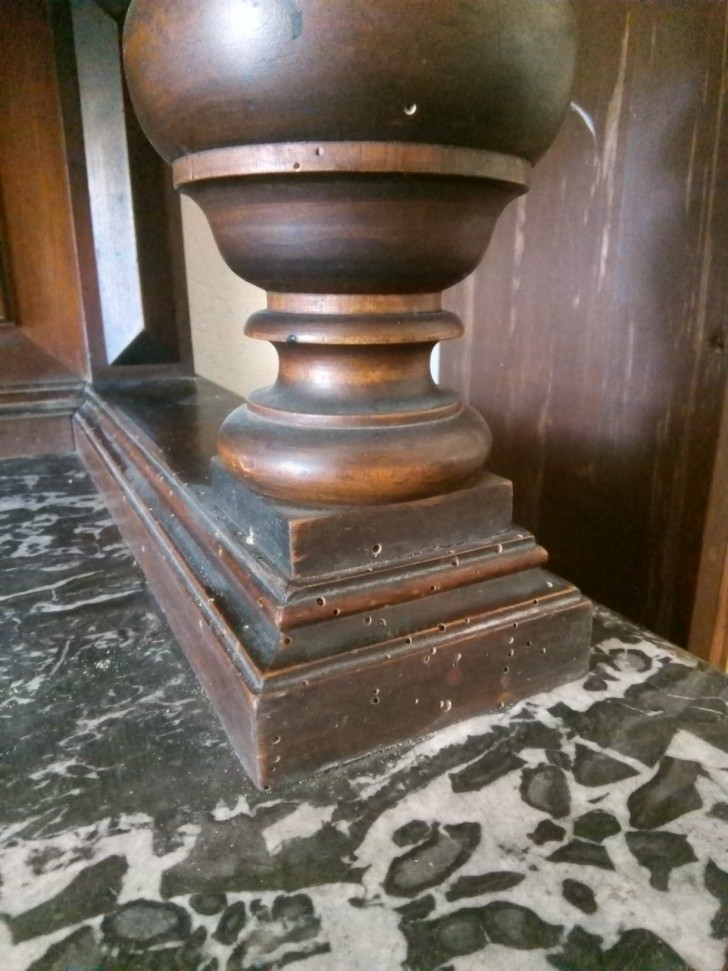
- Collect and burn the sawdust (rosura), which may contain other larvae.
- Before applying the anti-woodworm product to the furniture, try it on a hidden part: sometimes it can ruin the finish of furniture.
- Do not limit yourself to treating only one point of the furniture (i.e. the spot where you see the presence of woodworm): you need to extend the treatment to the whole piece of furniture, and always check the neighboring areas, even the skirting boards.
- Once the threat has been eliminated, you can continue using products that prevent the woodworm from reappearing: use fungicidal and insecticidal products, or even synthetic resins.
- Among the possible DIY remedies, which unfortunately has limited effectiveness, it is recommended you use beeswax: woodworm do not seem to like beeswax, so treating a piece of furniture with this could make it inhospitable for woodworm. You could also use the wax to fill holes, crevices, cracks and joints.
Find more information on the most common types of woodworm and other intervention techniques - including professional ones - click on this link.

